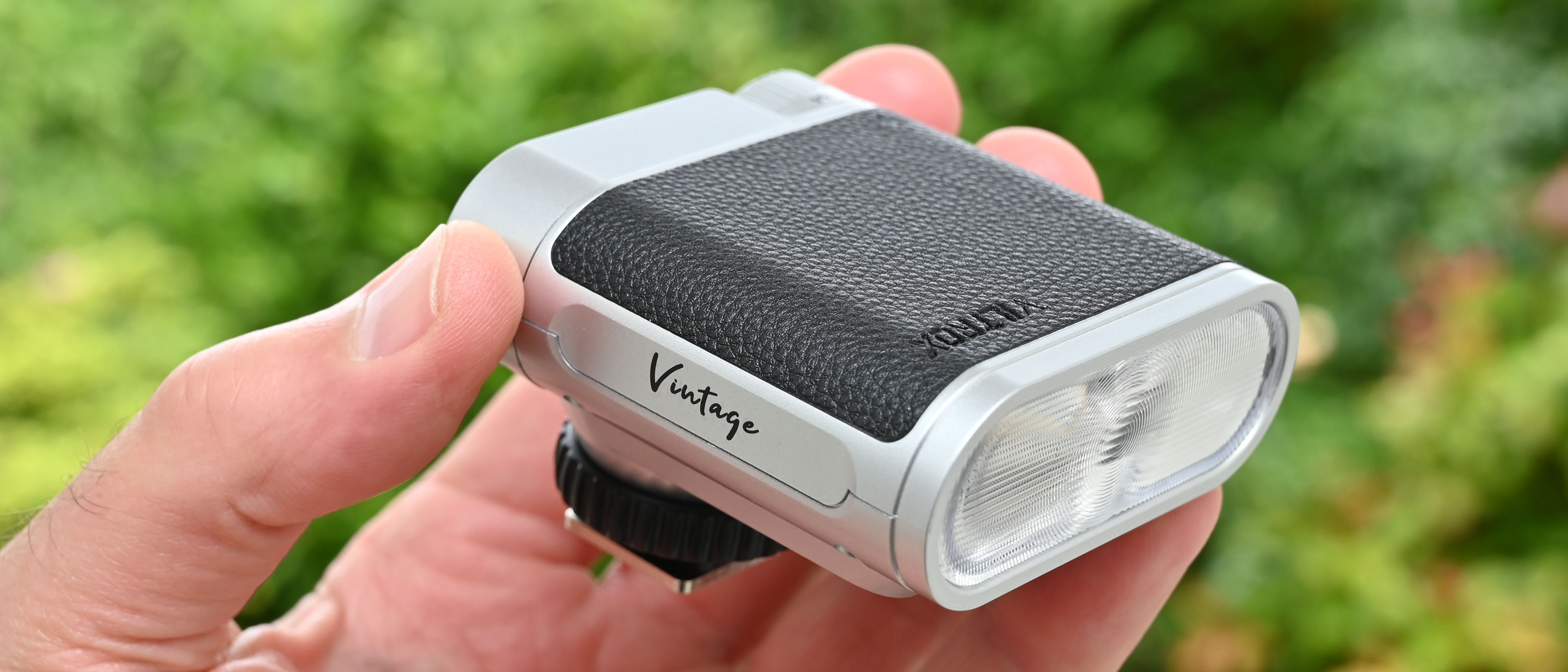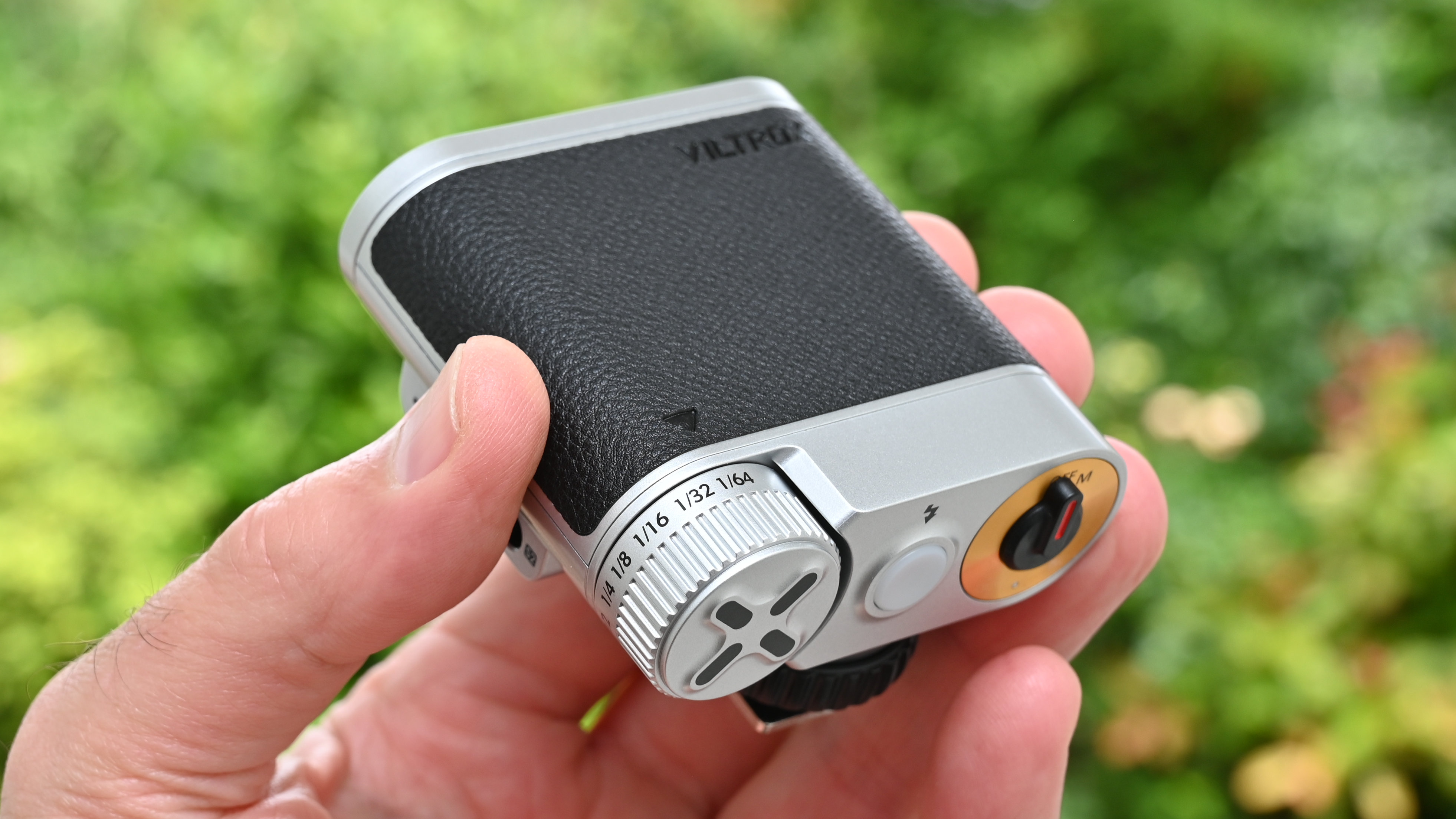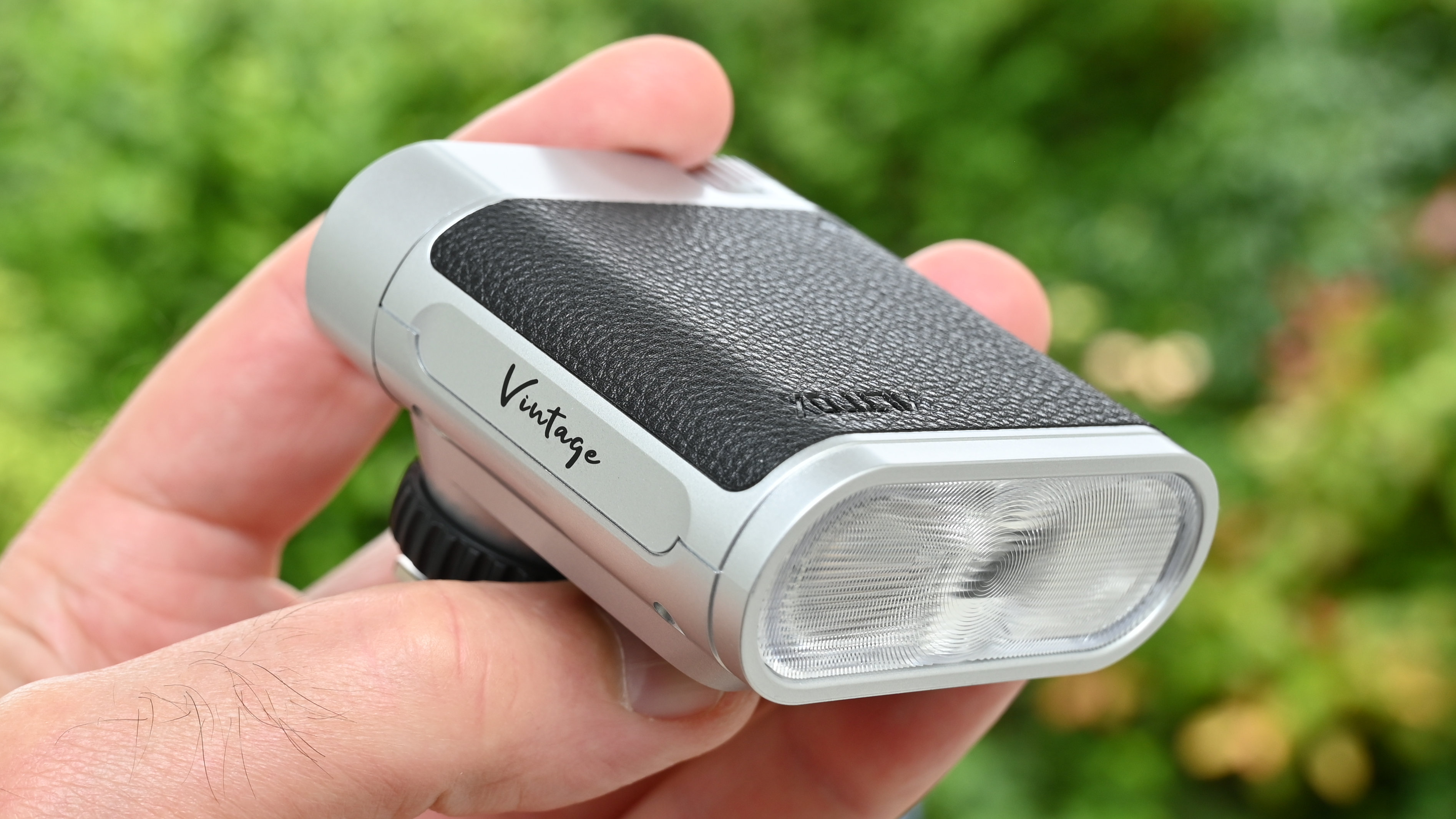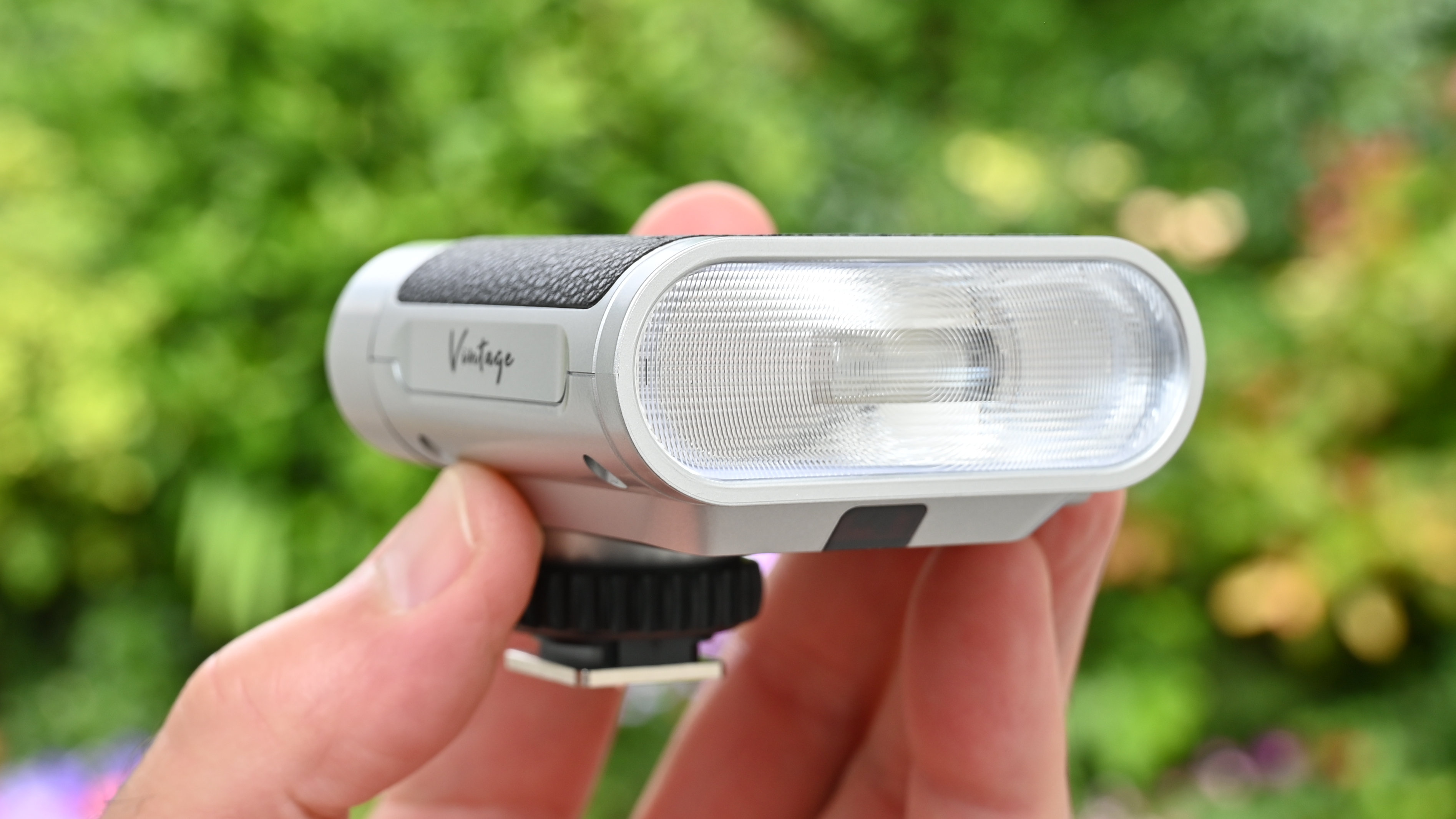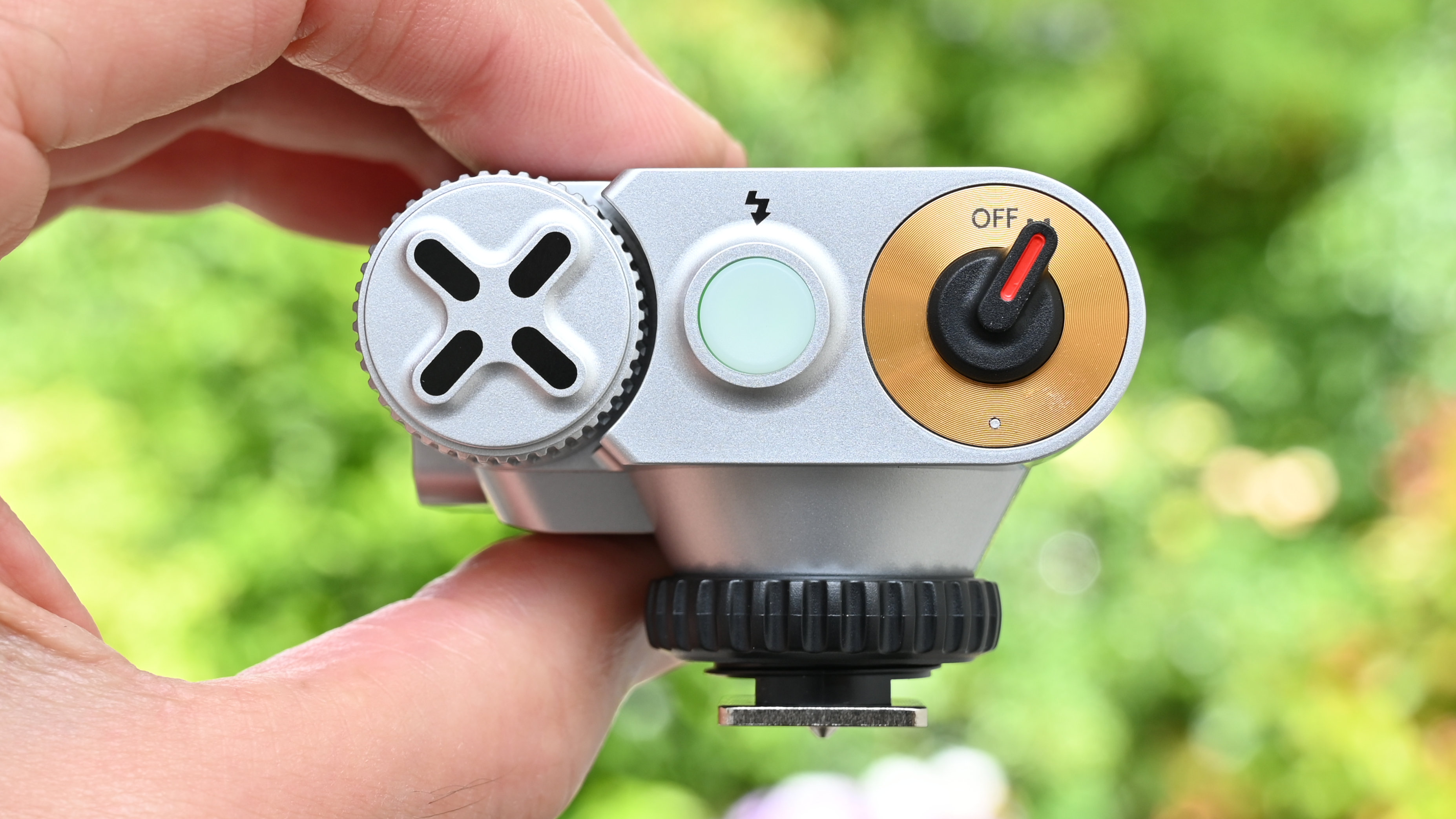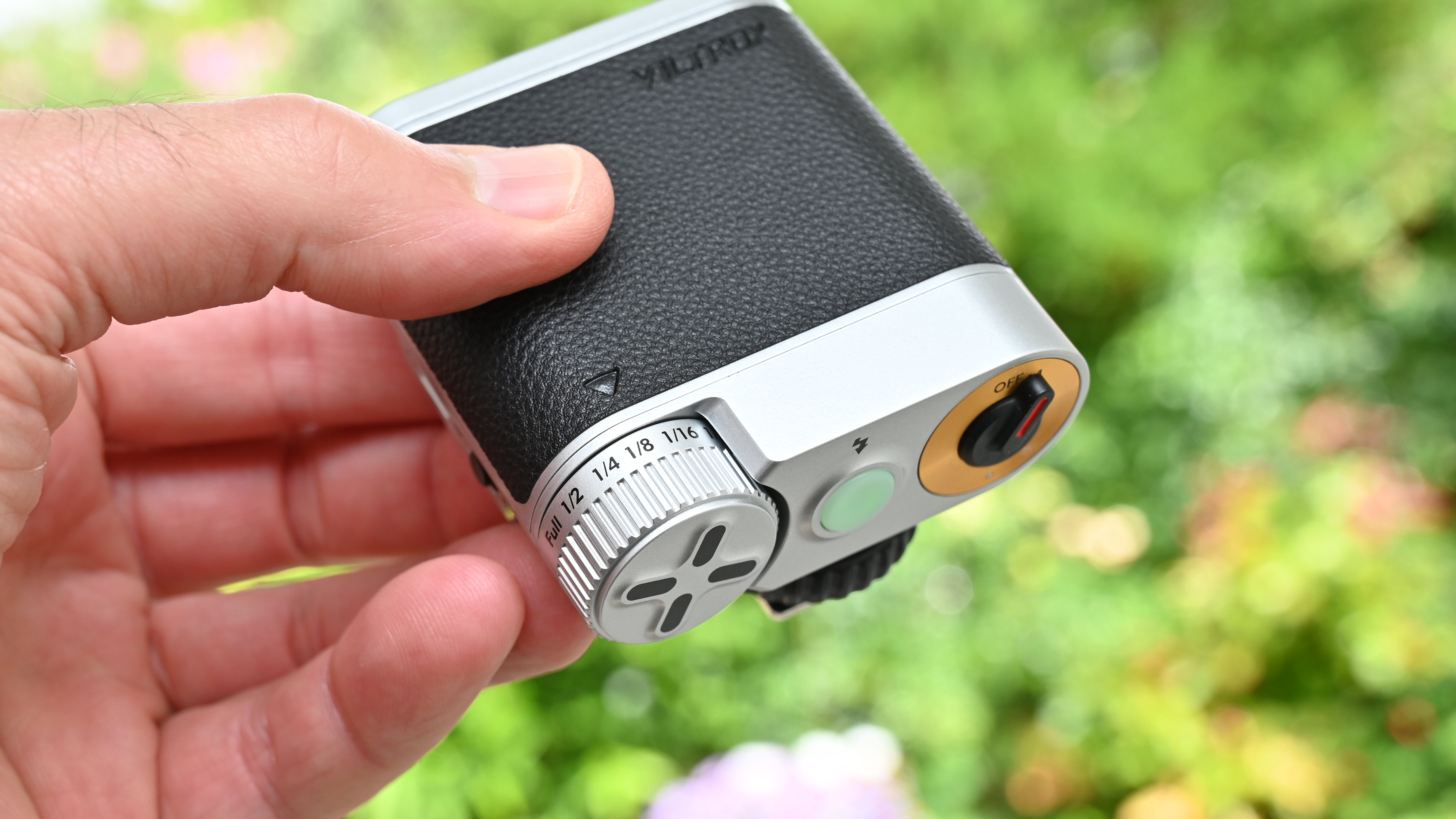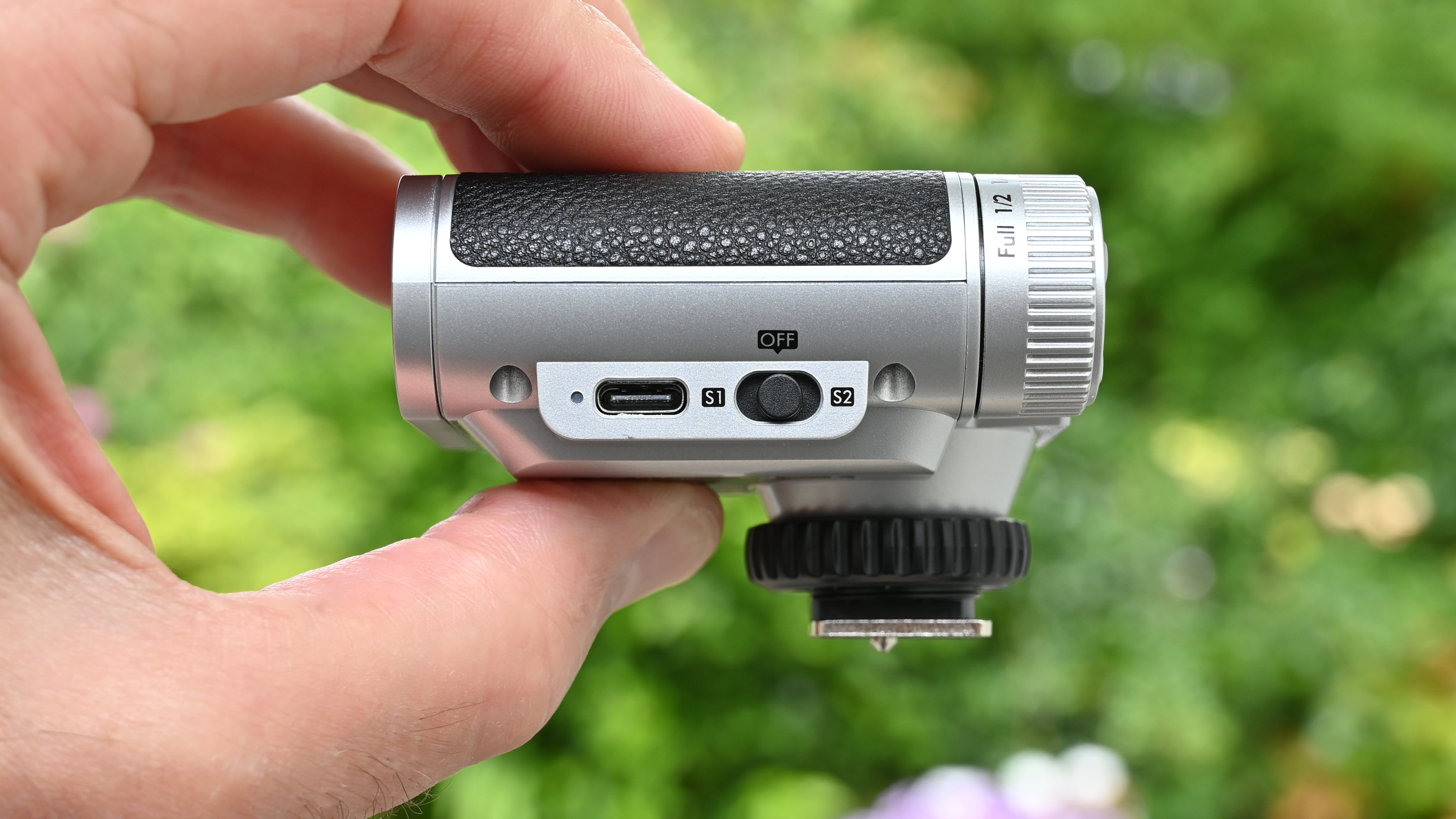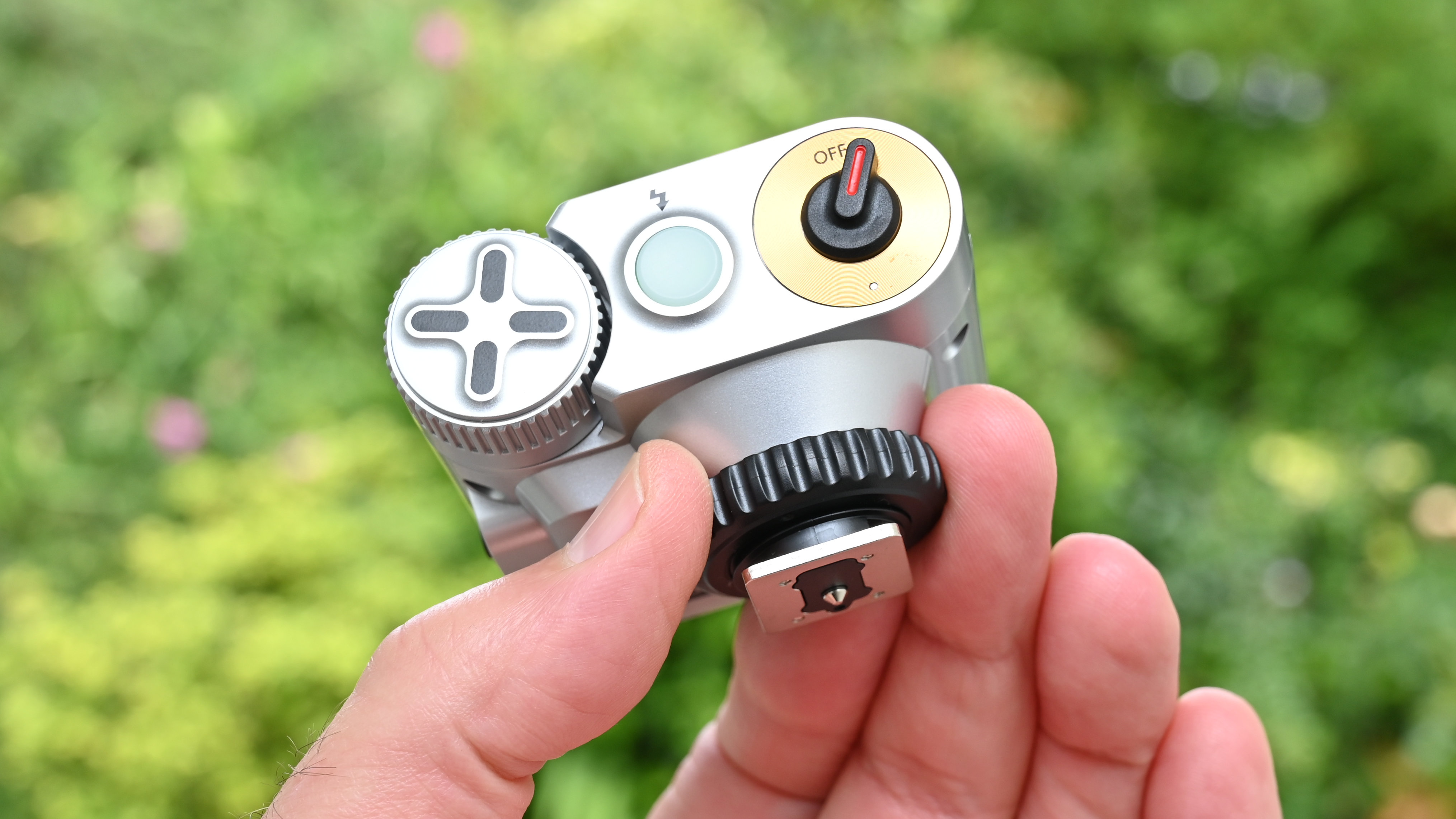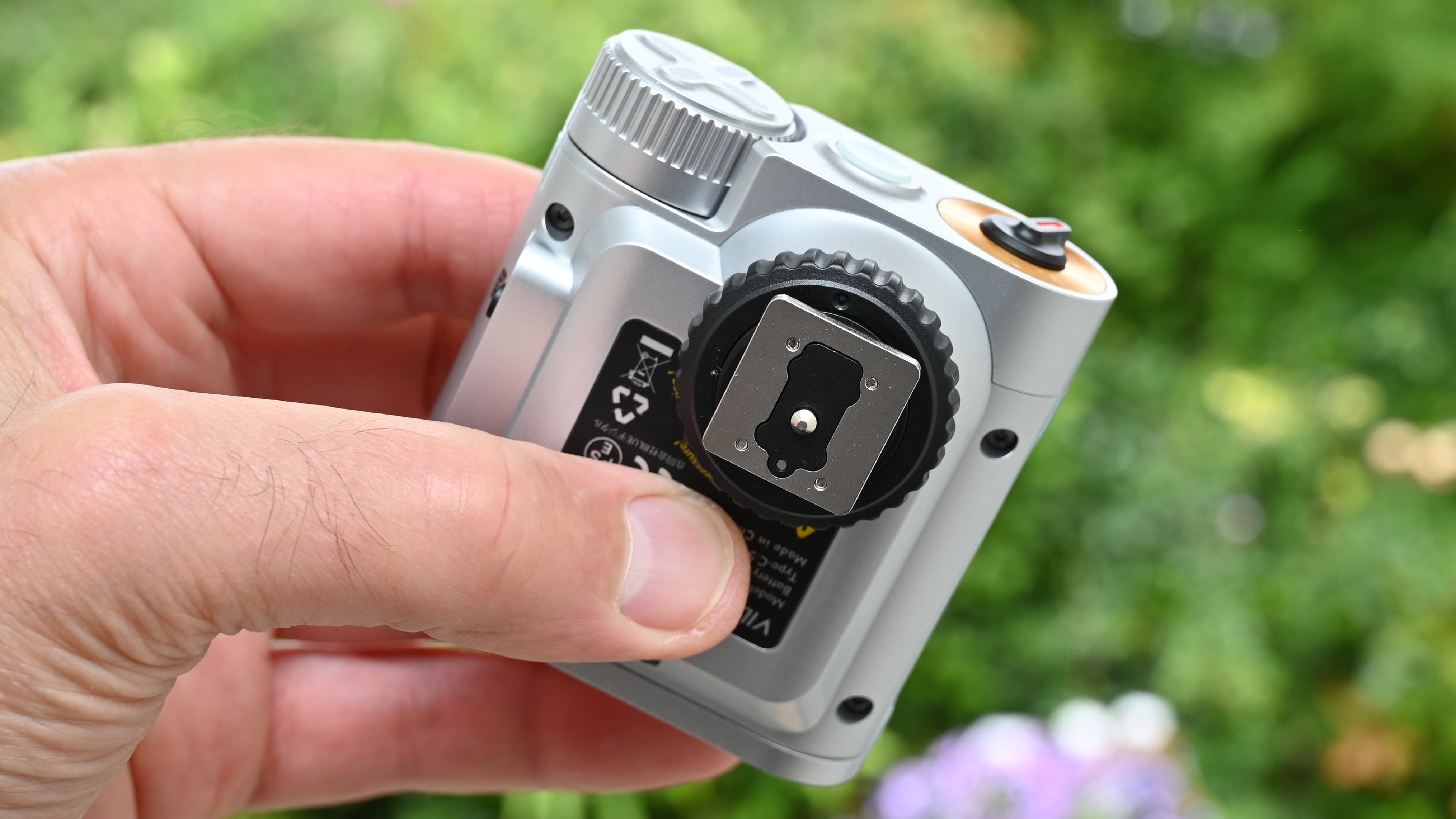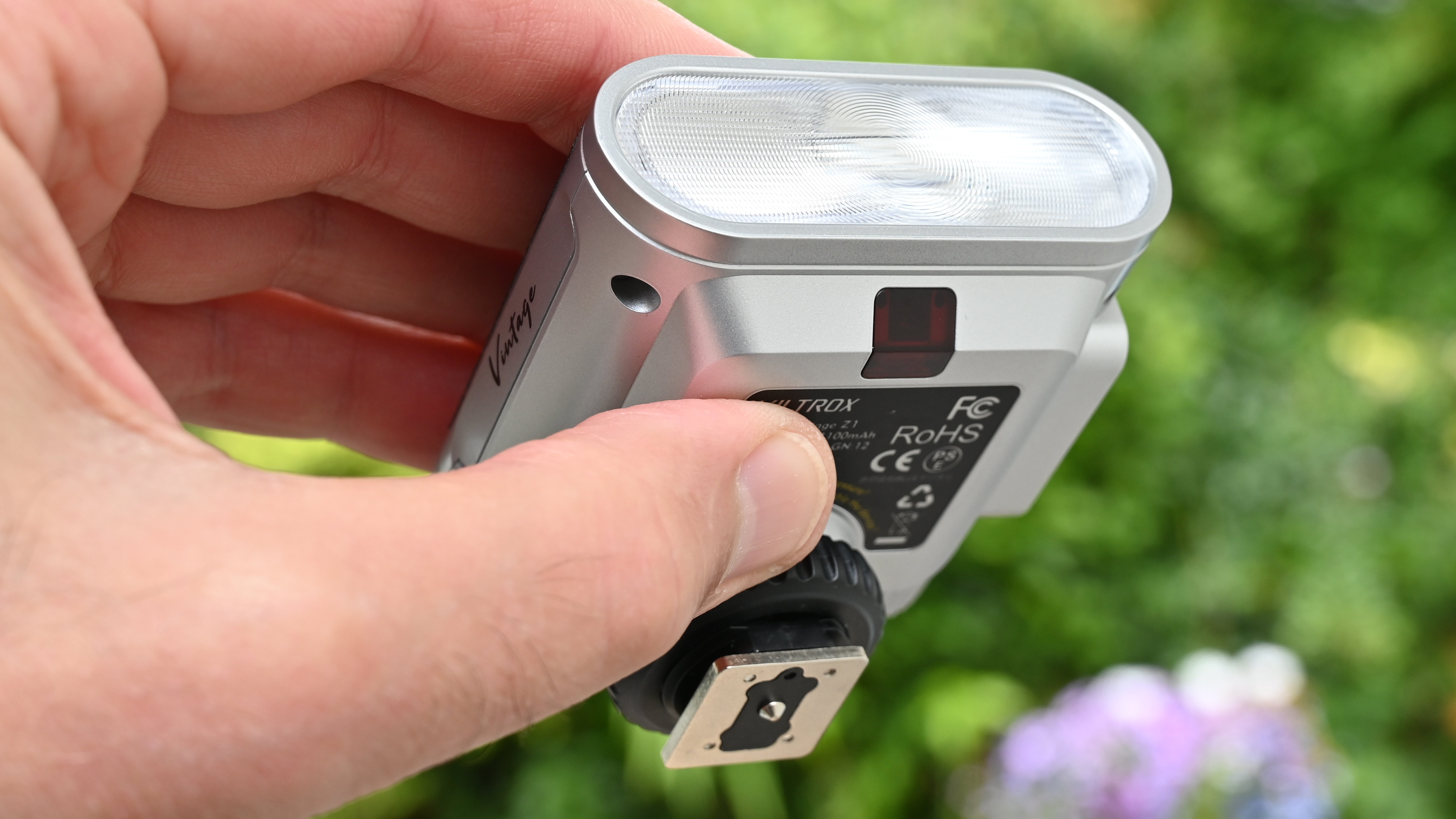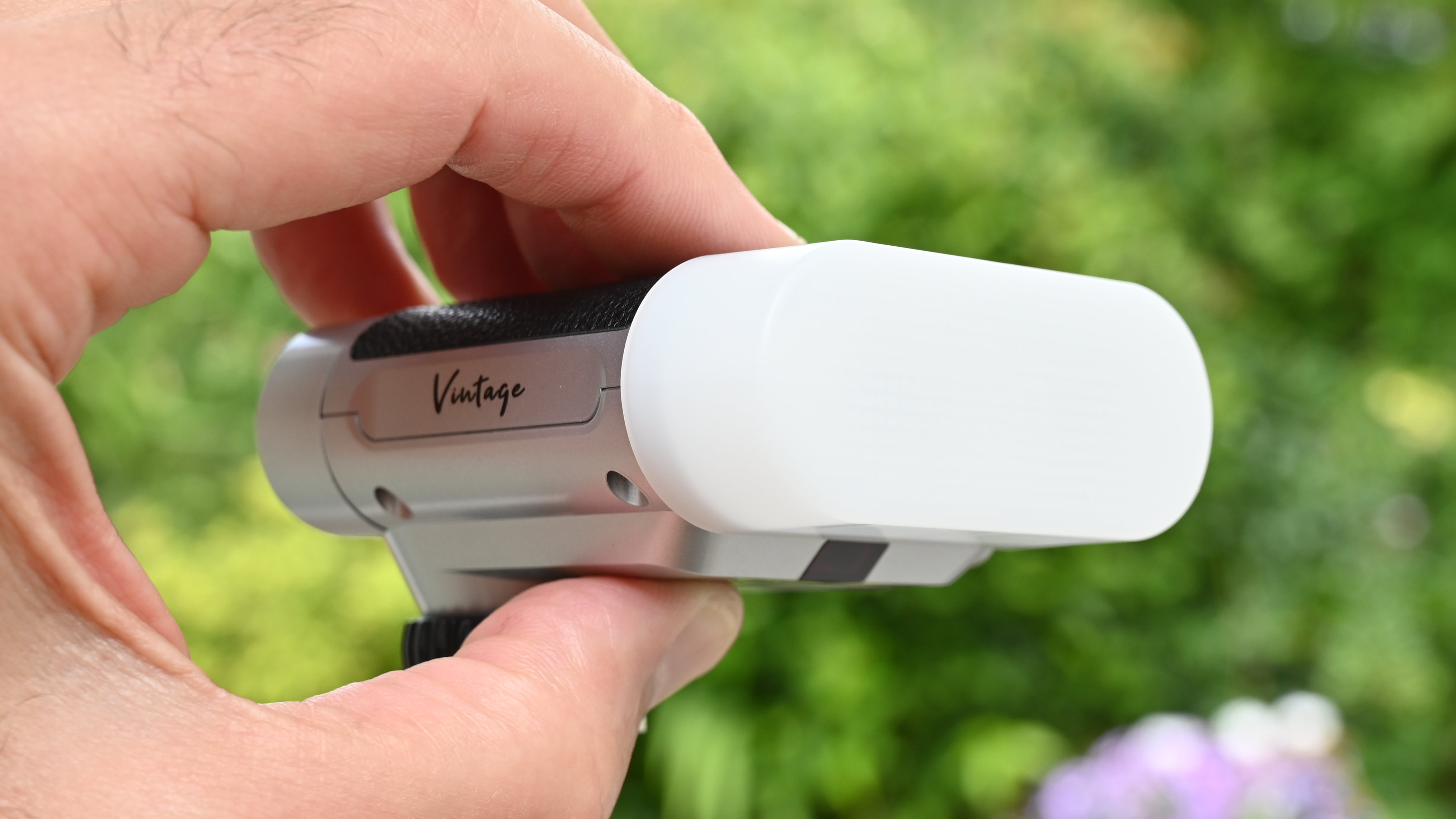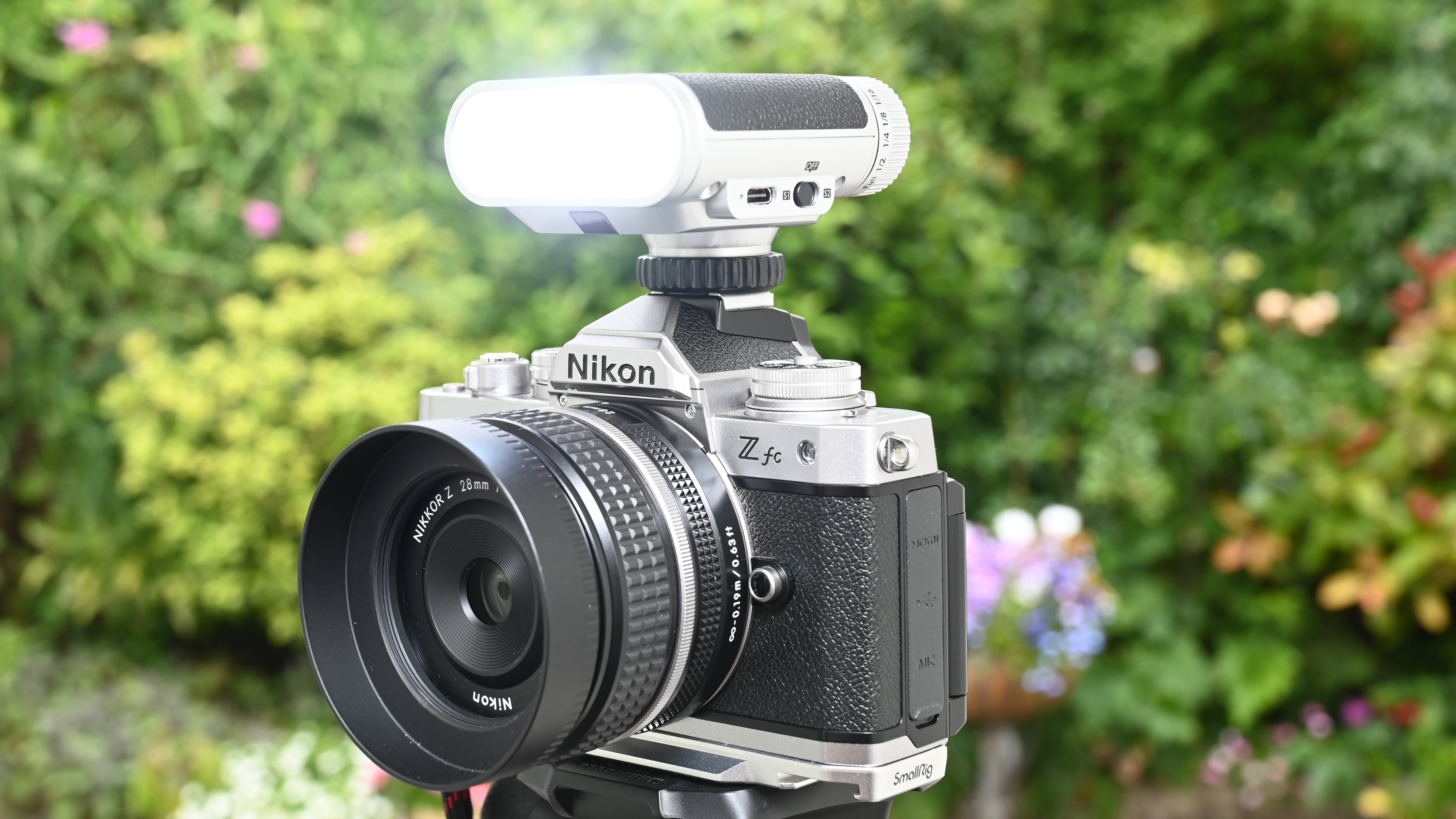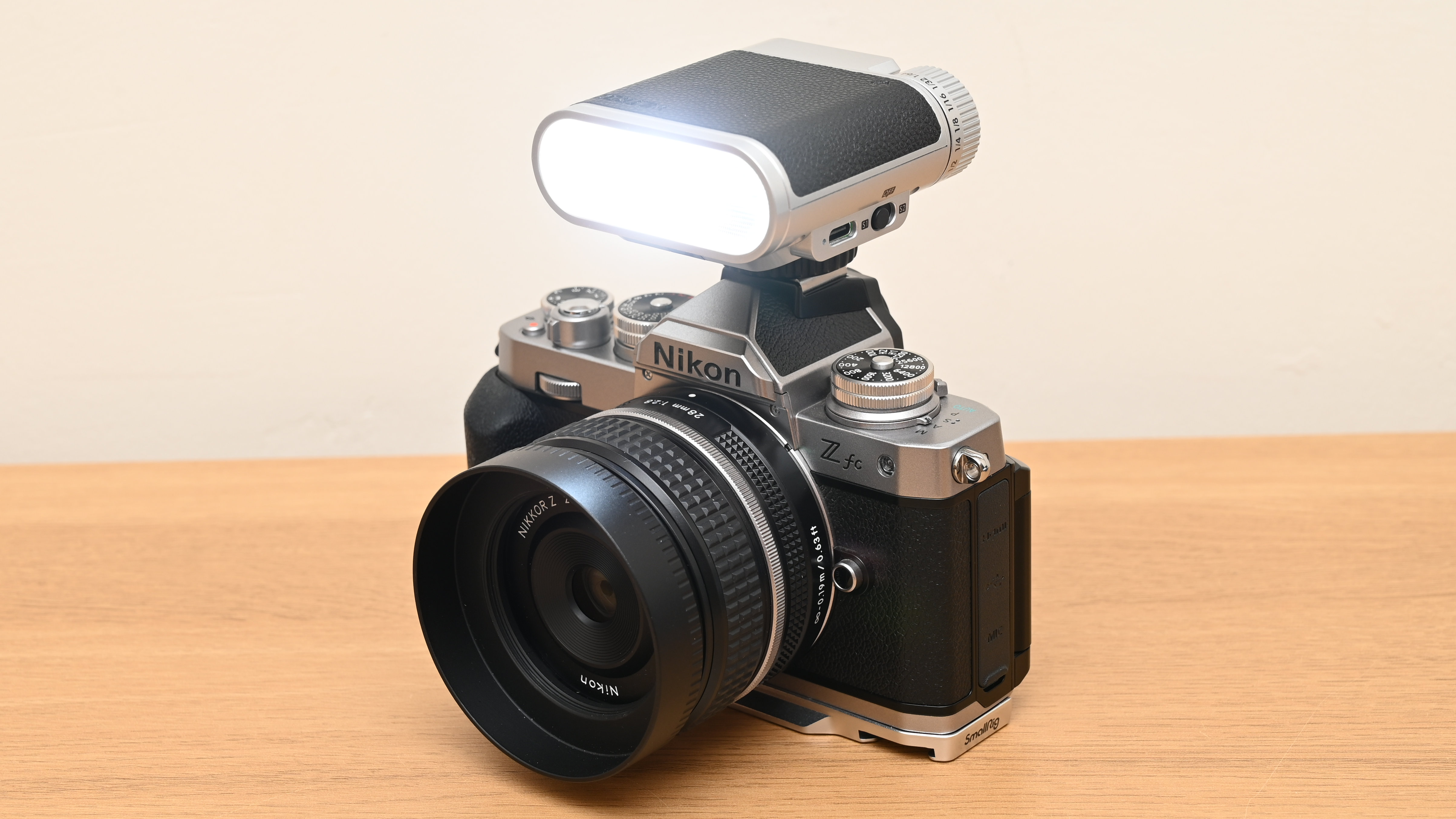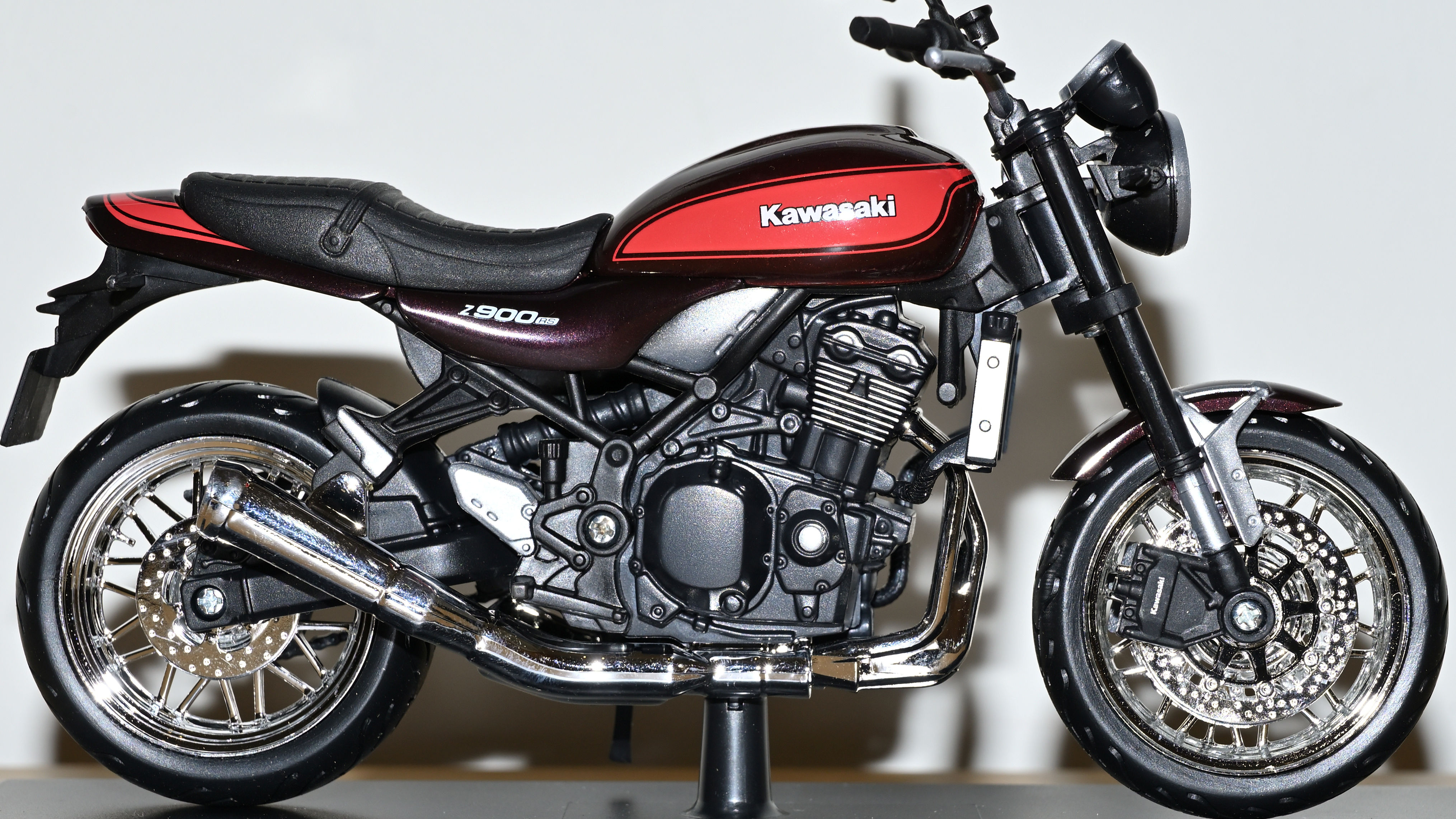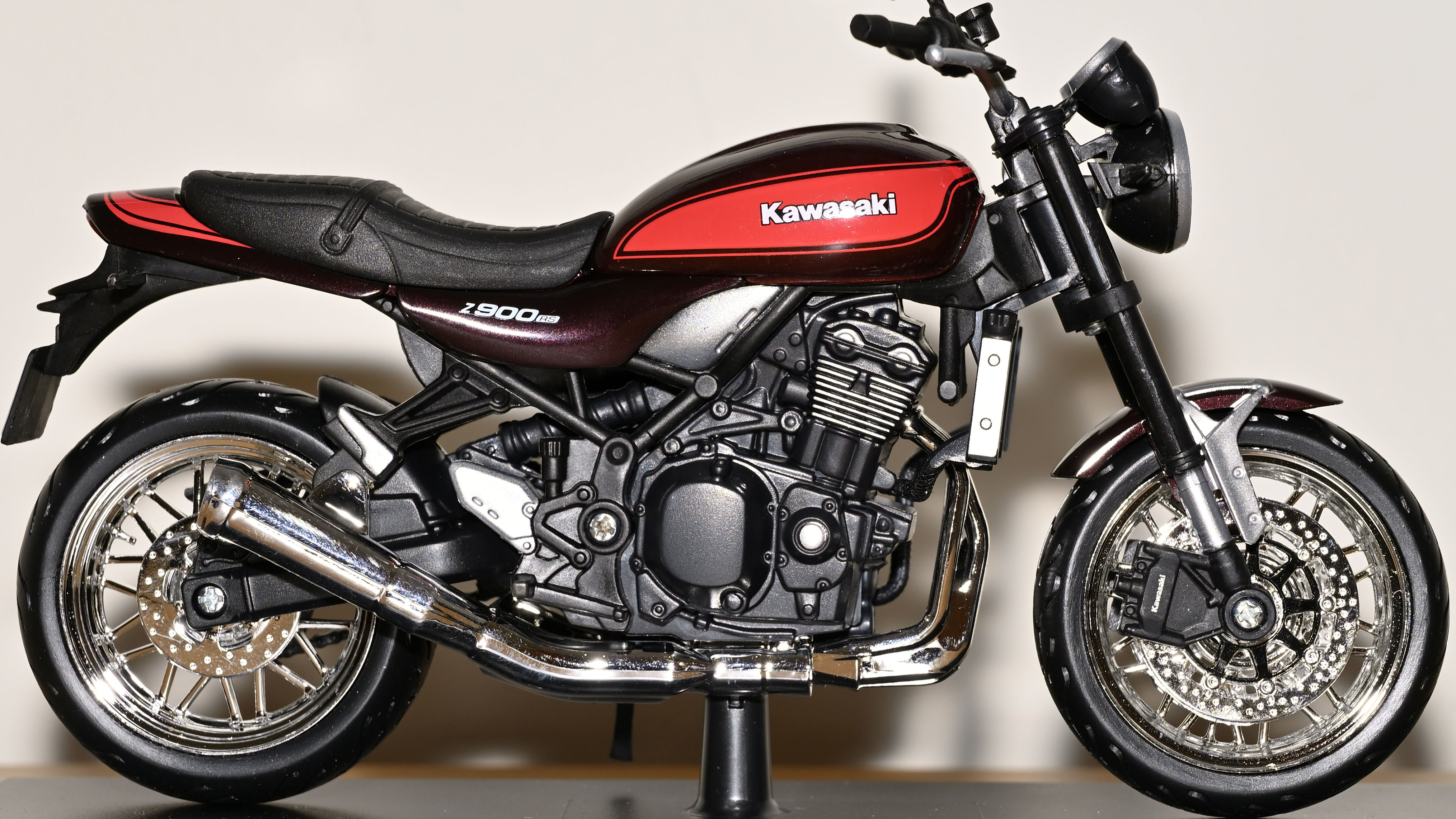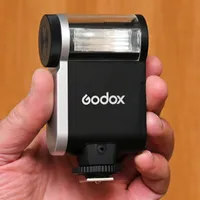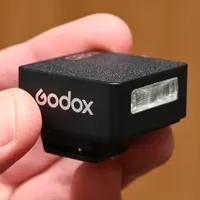Digital Camera World Verdict
The Viltrox Vintage Z1 Retro Flash comes to my rescue. I lament the passing of pop-up flash modules, which used to be prevalent but are now only featured on relatively few recent cameras. This is the next best thing, as it’s small enough to pop in my pocket but able to add fill-in flash or deliver primary illumination for close-ups. It also works as a wireless slave but in other respects is fully manual and pretty basic.
Pros
- +
Near-universal fit
- +
Neat retro styling
- +
Compact and lightweight
Cons
- -
No auto metering
- -
No bounce nor swivel
- -
Mediocre recycling speeds
Why you can trust Digital Camera World
When I think of Viltrox, my mind goes straight to lenses. Indeed, this Chinese company makes some of my favorite third-party primes. I’ve been impressed by the collection of 13mm, 23mm, 33mm, and 56mm f/1.4 prime lenses for APS-C format Fujifilm X, Nikon Z, and Sony Alpha mirrorless cameras.
More recently, relatively up-market offerings like the Viltrox AF 85mm f/1.4 Pro and Viltrox AF 135mm f/1.8 LAB have been definite highlights in my reviews schedule, and they’re among the best lenses for Sony cameras. It’s perhaps a little easy to forget that Viltrox also makes other photographic kit, including lighting and camera monitors – and now an on-camera flash in the old-school shape of the Viltrox Vintage Z1 Retro Flash. My curiosity is piqued. Let’s take a closer look.
Viltrox Vintage Z1 Retro Flash: Specifications
Sync | Hot-shoe |
Max output (Gn, ISO 100, m / ft) | 12 / 39.4 |
Bounce | None |
Manual Power Settings | 1/1 to 1/64 |
Auto flash exposure | Manual only |
Batteries | Internal Li-ion |
Full power flashes | 400 per charge |
Wireless master/slave | Optical slave, dual mode |
Dimensions (WxHxD) | 69x50x74mm / 2.7x2x2.9in |
Weight (inc battery) | 116g / 4.1oz |
Viltrox Vintage Z1 Retro Flash: Price
The Viltrox is not alone in seeking to pick up the pieces, in the absence of pop-up flash modules in many modern, mirrorless cameras. I’ve also recently reviewed the roughly matchbox-sized Godox iM20 and Godox iM22, which both cost around $50 / £48 / AU$76, and the more sophisticated Godox iA32, which is larger and has retro styling.
The iA32 also has a richer set of features and includes a bounce mechanism and an auto flash exposure facility (not through the lens). That one costs $50 / £47 / AU$112. The Viltrox Vintage Z1 Retro Flash has a similar selling price of $50 / £48 / AU$76 and some of the same features, including dual wireless optical slave modes, although the Viltrox doesn’t have bounce flash.
Viltrox Vintage Z1 Retro Flash: Design & Handling
The Vintage V1 has a sleek, low-profile design. Despite being decidedly small, it still packs its own rechargeable Li-ion battery pack, so you won’t need to worry about adding any AA or AAA cells. It’s neatly self-contained and ready to roll. However, there’s no dedication for specific makes of camera, as the flash is designed to be as universal as possible. There are always going to be some cameras that fly in the face of convention but if yours has a regular size and shape of hot-shoe, with a sync pin in the middle, the Viltrox should fit and work.
The ridged, light-scattering flash tube lens is quite a lot larger than the pop-up flash a camera body, if featured. Looks can be deceptive though, as despite the upsizing, the flash’s maximum power output is only rated at GN 12 / 39.4 (ISO 100, meters / feet). For the sake of comparison, that’s only slightly more powerful than the pop-up flash of the Nikon D7200 DSLR, rated at GN 11 / 36 but considerably brighter than the pop-up flash of the Nikon Z50 II, rated at GN 5.6 / 18.
Around the back, there’s a power adjustment knob on the left, a red/green status lamp in the middle, and an on/off switch on the right. Starting on the right, the power switch is actually labelled Off and M, signifying the manual nature of the flash. Indeed, whereas some non-dedicated flashguns have a light-sensitive cell that enables automatic flash exposure, albeit not TTL (through-the-lens), this Viltrox is a purely manual affair, which I’ll come to in a moment. At the center of the back panel, the large status lamp glows red when the flash is recycling, green when it’s ready to go. The lamp also serves as a pushbutton for testing or manually firing the flash.
The best camera deals, reviews, product advice, and unmissable photography news, direct to your inbox!
The most hands-on part of the flashgun is that power knob that I’ve just mentioned. It rotates in click steps to give seven alternative levels of output, each step change being the equivalent of a full EV step from 1/64th to full 1/1 power output. I think that suffices, given that the flashgun isn’t enormously powerful, but some might prefer finer control steps of half-stops or even one-third stops.
The left hand side of the flash plays host to a USB-C socket and a switch. The USB socket is for recharging the flash’s internal Li-ion battery pack. You can expect this to take about 50 minutes, if you’re fully recharging a flat battery. Just behind the USB socket is a 3-way switch marked Off, S1 and S2. This is for triggering the flash in off-camera/remote use. There’s no fancy wireless RF linking, which is only to be expected, just an optical sensor. However, you do get two operational modes, S1 ignoring the pre-flash pulses of a master flashgun in TTL auto flash exposure mode, and S2 for triggering from a studio flash or a flashgun in manual mode without any pre-flash pulses.
Build quality feels pretty good and robust, despite the lightweight construction. The Viltrox is nicely finished and has a metal rather than plastic mounting foot. Catering to the hot-shoes of many and varied makes of camera, the securing mechanism is a rotary action clamp on a thread, rather than a lever.
At the base of the foot, there’s just a single electronic connection pin, which is used for triggering. That’s entirely as expected, as the additional pins on dedicated flashguns are for more advanced data communication. As such, luxuries like TTL flash metering and flash exposure compensation are off the menu.
There’s a small red window at the front of the flash, positioned just below the main flash lens. This is the optical sensor for slave mode triggering. It’s good that the flash can be used off-camera in slave mode but it doesn’t come with a tabletop/tripod stand as part of the kit, which would have been useful. Viltrox doesn’t sweeten the deal with a suitably retro-looking carrying pouch either.
You have to supply your own USB charger and cable as well, but one extra that’s bundled with the flashgun is a white plastic diffusion dome. This slots over the front of the flash, intending to give a softer quality of light.
Viltrox Vintage Z1 Retro Flash: Performance
In my tests, the maximum power output was Gn 12 / 4.3 (ISO 100, meters / feet). That’s bang on the advertised maximum power of the flashgun, which is far from common, as I often find that the strongest output comes up a bit short in practice. I was also impressed that most of the single-step power adjustments gave a pretty accurate 1-stop change in flash exposure value, through all seven levels.
Recycling speeds weren’t as quick as I was expecting, considering that most Li-ion flashguns are very quick to recycle, often in 2 seconds or less even after a full-power flash. I’ve usually seen virtually instant recycling up to around 1/8 power but in my tests, the Viltrox took 0.2 seconds even at its lowest 1/64 power setting, rising to 2.4 seconds after a half-power flash and a comparatively lengthy 4.3 seconds after a full-power flash.
Considering that you can’t just pop in a spare set of AA or AAA batteries when the internal battery goes flat, stamina is an important aspect of performance. Viltrox claims that you can get up to 10,000 flashes from a fully charged battery. That shrinks to a still pretty respectable 400 flashes if you fire each and every one at the maximum power setting.
Using the ‘flash’ white balance settings of my Nikon Z 6II and Nikon Z fc cameras, I found that the color balance with direct flash was a little on the cool side with a slightly bluish tone. It’s also no surprise that direct on-camera flash gives the usual harsh lighting effect with the danger of glare and very harsh shadows. However, it works well for fill-in flash when you need to brighten the shadows in the likes of sunny-day portraiture.
Slipping the supplied diffusion dome onto the flash gives a softer lighting effect. I found that in direct flash mode, the color rendition also warmed up slightly. Shooting a motorcycle model at close range, shadows were also softened, in part because the diffusion dome bounced a little light off adjacent walls and ceilings. However, you need to be aware that using the diffusion dome reduces the maximum available power by the equivalent of roughly a full EV step.
Viltrox Vintage Z1 Retro Flash: Lab Results
We test all available features for each flashgun that goes through out labs. To test power output, we used a Sekonic flash meter placed at a distance of one meter from each flashgun. We check the complete range of manual power settings, in one-stop increments. Based on a sensitivity of ISO 100, the figures correlate directly with the Gn (Guide number) in meters. The results are double-checked by taking shots of a gray card with the appropriate lens apertures and using the camera’s histogram display in playback mode. This is done for flash zoom settings of 24mm, 50mm and 105mm (in full-frame terms), where available.
We also check the accuracy and consistency of electronic/intelligent TTL (Through The Lens) flash metering, where featured, and the speed with which each flashgun can recycle to a state of readiness after a full-power flash, using both Ni-MH and alkaline cells, or a Li-ion power pack where supplied.
Power output:
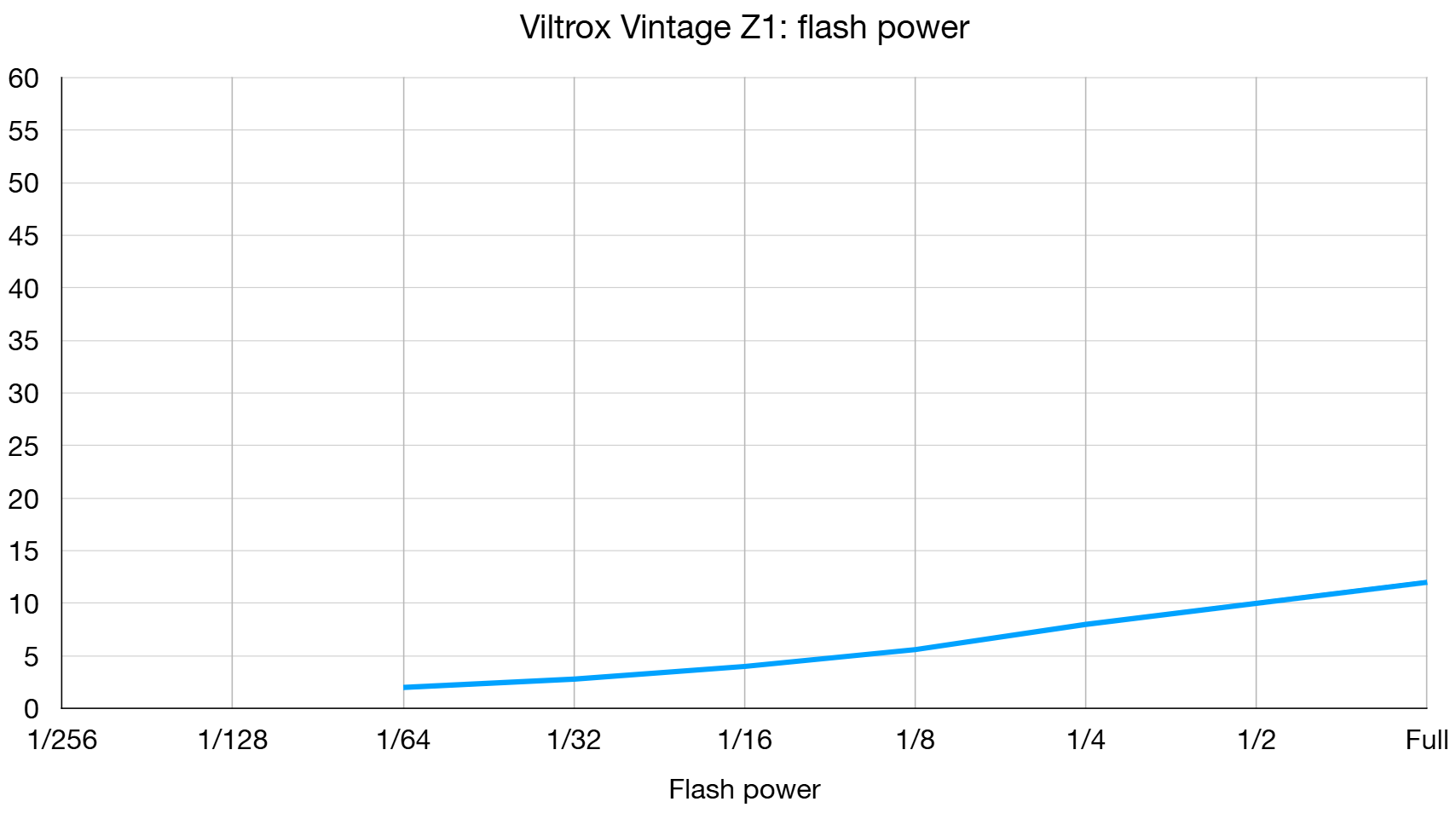
Unlike many flashguns I’ve tested, the maximum output power lives up to the manufacturer’s claims. The step changes through the seven levels of power output are also impressively consistent.
Recycle speed:
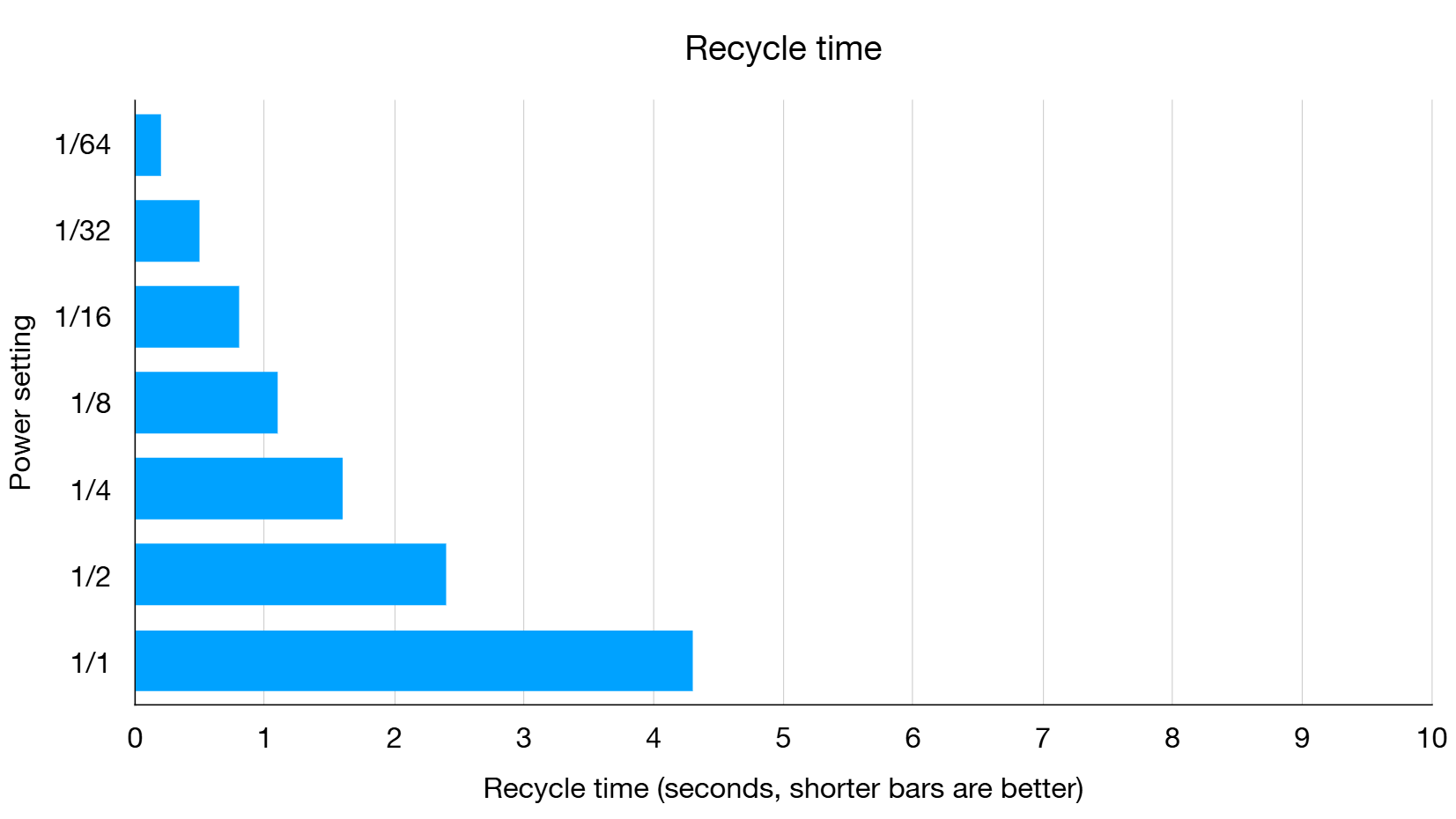
I’m used to flashguns with Li-ion battery packs recycling after a full-power flash in just a couple of seconds or less. That holds true for large and small models alike, which makes the recycling speeds of the Viltrox look a little pedestrian.
Viltrox Vintage Z1 Retro Flash: Verdict
The lack of auto flash exposure might be a deal-breaker for some. I actually prefer using flash in manual rather than auto mode, so that’s no problem as far as I’m concerned. I do miss the availability of bounce flash, for softening the light. For off-camera flash, the dual slave modes are a bonus. The Viltrox has good stamina and everything works as it should, but recycling speeds are a bit on the slow side for a flash with a Li-ion battery. All in all, the Vintage V1 looks good, works well and is keenly priced.
Features ★★★★☆ | Leading features include an internal Li-ion battery pack and dual slave modes. |
Design ★★★★☆ | As a ‘vintage’ styles flash, the Viltrox certainly looks the part and its design makes it easy and intuitive to use. |
Performance ★★★★☆ | Power output lives up to its claims but recycling speeds are a little on the slow side. |
Value ★★★★☆ | It’s not as sophisticated as the Godox iA32 but still quite competitively priced. |
Alternatives
The Godox iA32 is a similarly retro styled ‘universal’ flashgun and costs about the same as the Viltrox Z1 to buy. However, the Godox features an automatic flash exposure mode and a bounce head, as well as matching the dual slave modes of the Viltrox.
The Godox iM20 is smaller than the Viltrox, more like a pop-up flash module that mounts in your camera’s hot-shoe instead of being part of the camera itself. It has a ‘universal’ design with purely manual power adjustments, and lacks optical slave modes.
Matthew Richards is a photographer and journalist who has spent years using and reviewing all manner of photo gear. He is Digital Camera World's principal lens reviewer – and has tested more primes and zooms than most people have had hot dinners!
His expertise with equipment doesn’t end there, though. He is also an encyclopedia when it comes to all manner of cameras, camera holsters and bags, flashguns, tripods and heads, printers, papers and inks, and just about anything imaging-related.
In an earlier life he was a broadcast engineer at the BBC, as well as a former editor of PC Guide.
You must confirm your public display name before commenting
Please logout and then login again, you will then be prompted to enter your display name.
